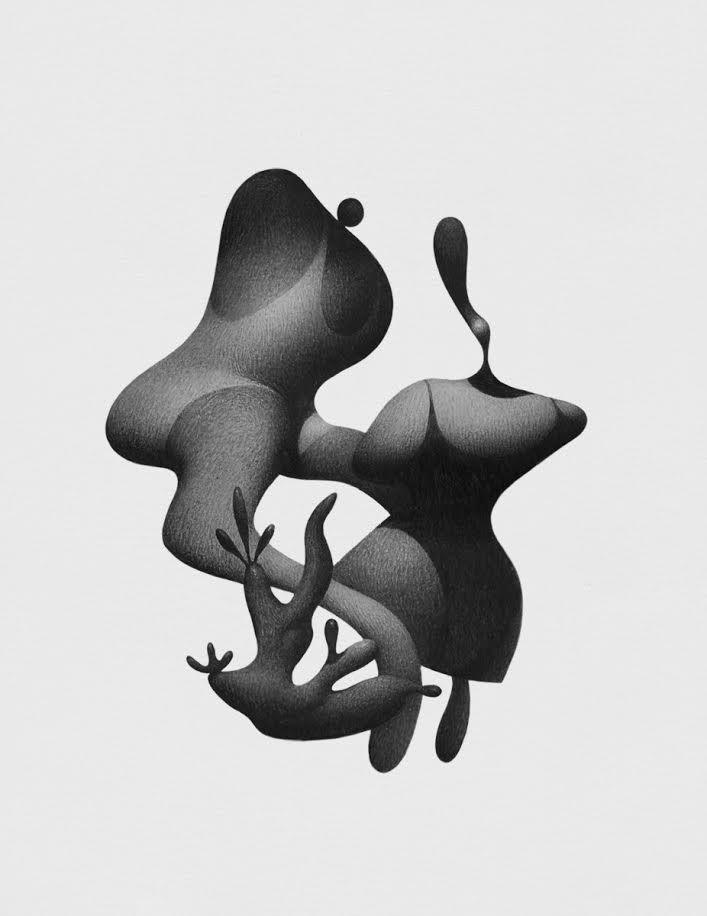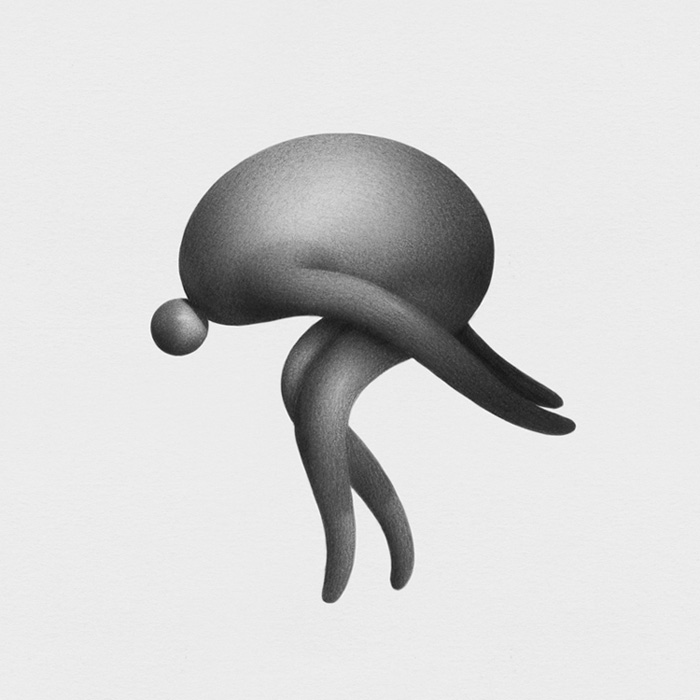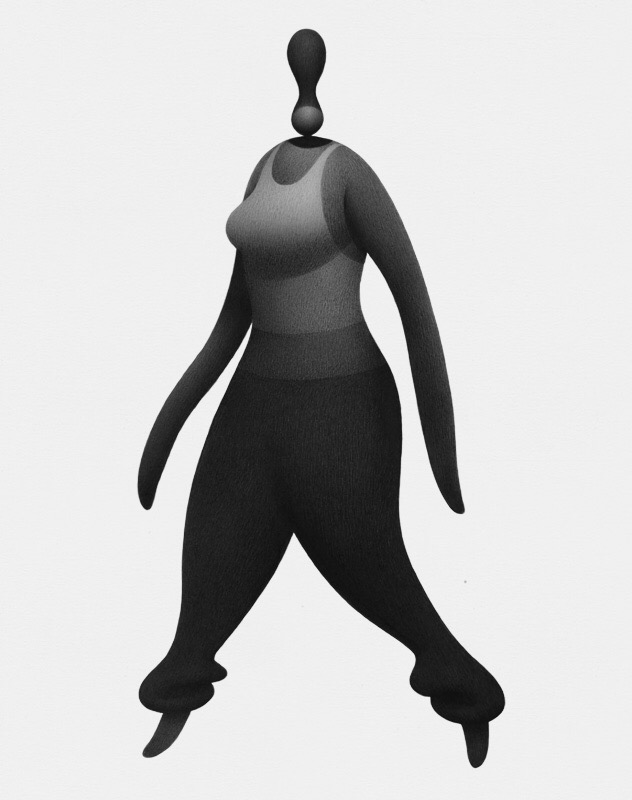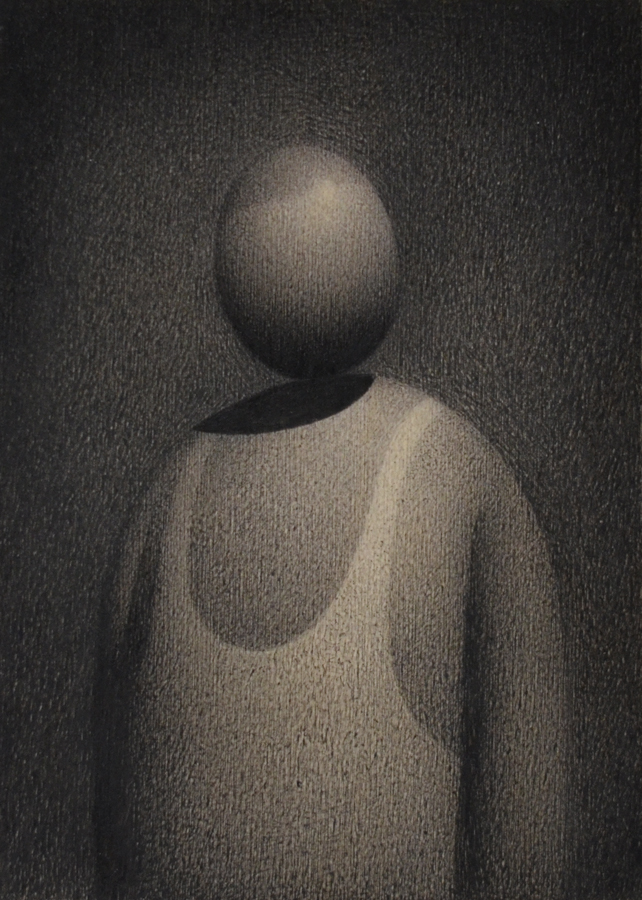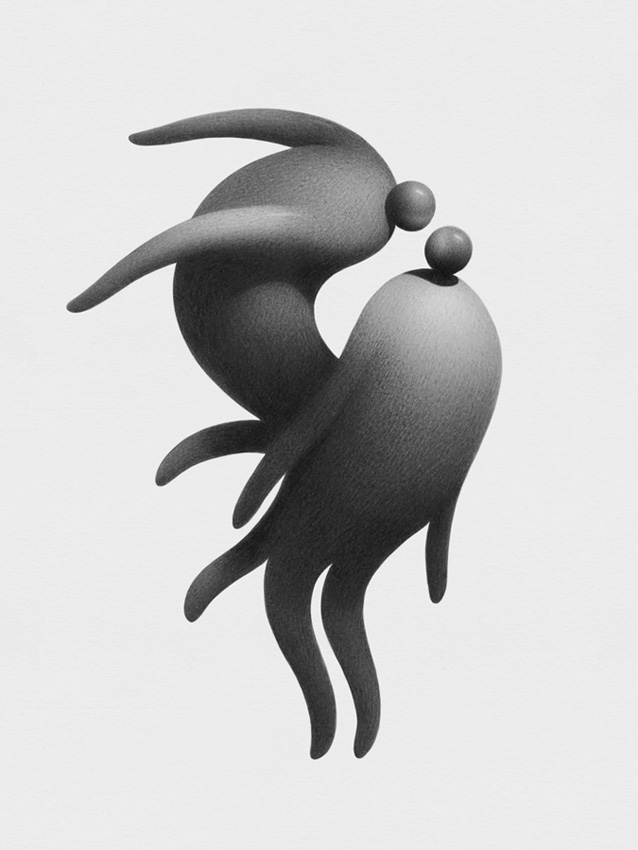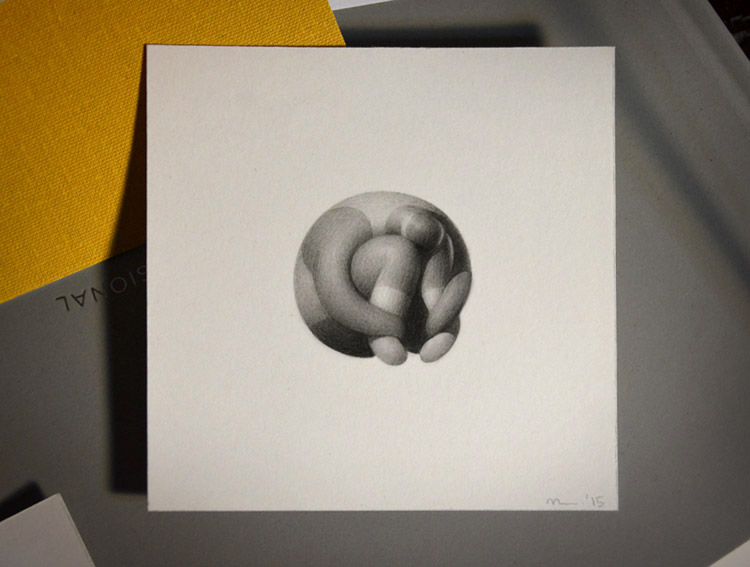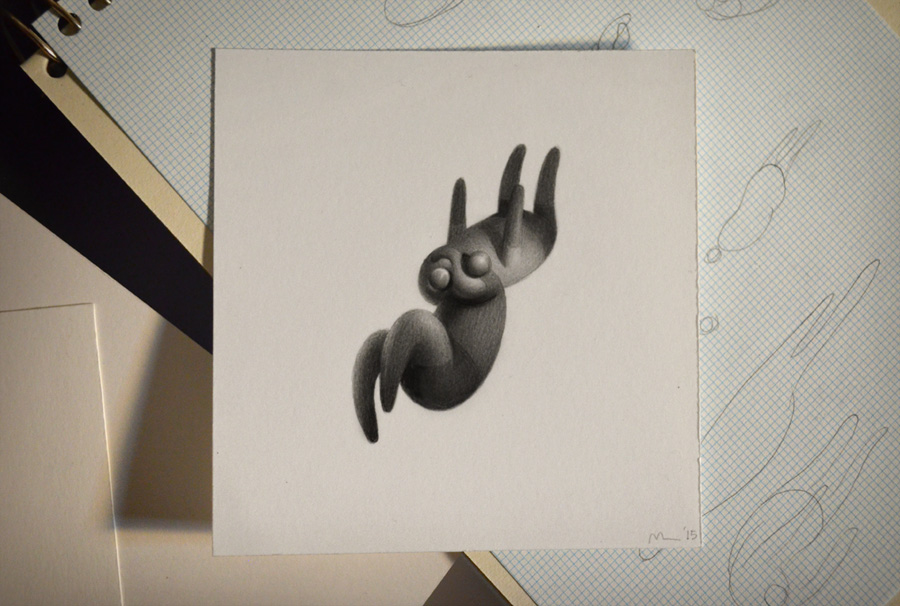
Project Goal:
Create 2 finished and textured clay vessels using the slab & mold process



Project Goal:
Create a 2 Frame animation with your own original character

Project Goal:
Create an illustration using all 9 shades of value to create the illusion of form as demonstrated by the examples.




